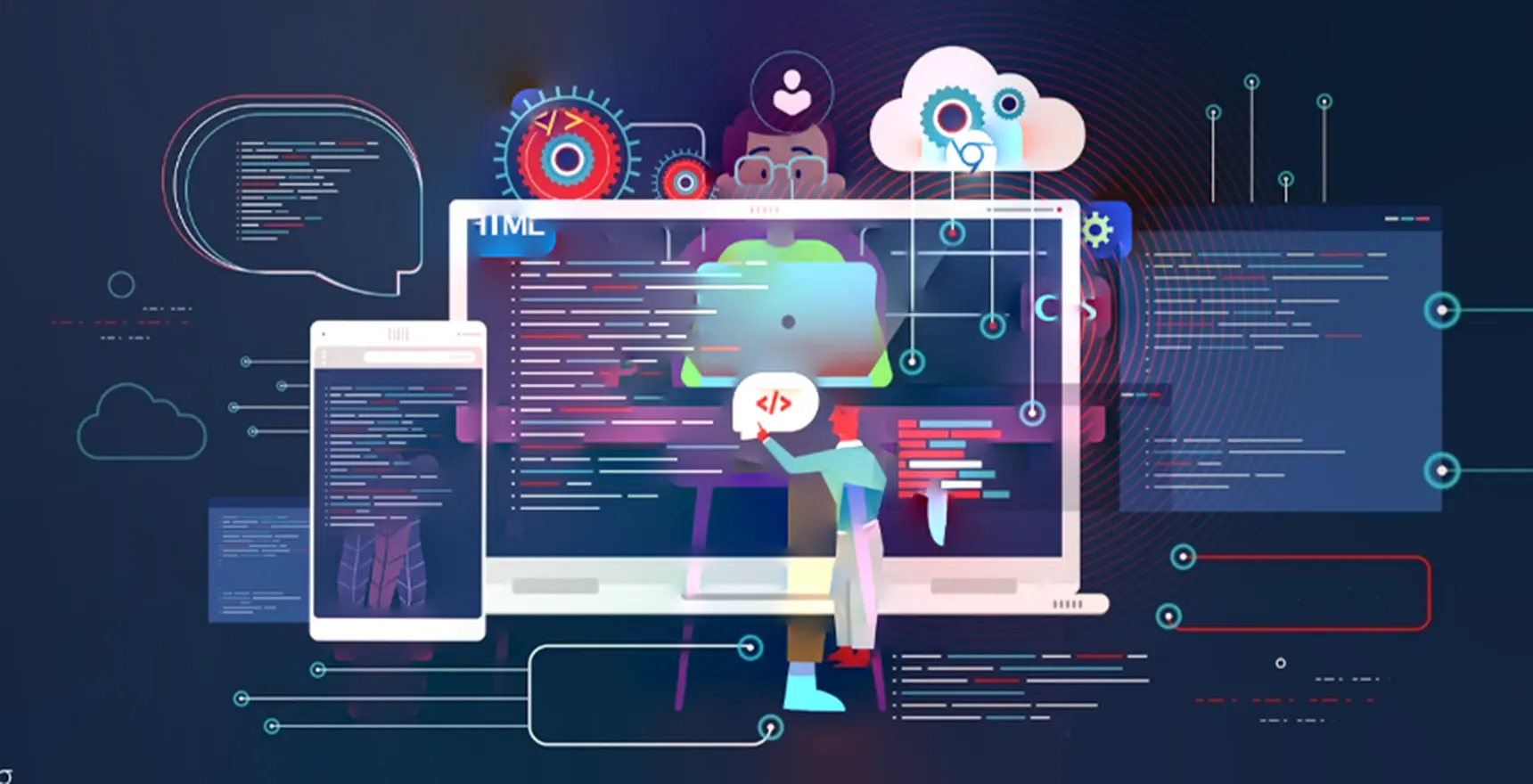
How to Start Freelancing: 9-Step Proven Guide for Beginners
Freelancing
Around the world, freelancing is changing how people work. You're not the only person who has ever thought, "how to start freelancing?" Everything from grasping the fundamentals to developing a loyal client base is covered in this book about how to begin freelancing.
What Is Freelancing? An Introduction for Beginners
Let's define freelancing before we get started. One form of self-employment is freelancing, in which people provide their services to customers without entering into long-term agreements. Writing, graphic design, web development, and virtual help are examples of common industries.
Freelancing vs Traditional Employment
Unlike conventional employees, freelancers choose their own jobs, set their own hours, and set their own rates. Despite its allure, this independence comes with responsibilities including self-management and unpredictable income.
How to Choose a Freelancing Niche
You may concentrate your efforts, draw in the proper clients, and establish authority more quickly by selecting a freelance expertise. Assessing your abilities, interests, and market demand should come first. In addition to making how to start freelancing, having a distinct concentration improves the effectiveness and focus of your marketing and portfolio.
Build a Freelance Portfolio and Brand
A strong portfolio showcases your abilities. It’s your visual resume.
How to Build a Freelance Portfolio
- Begin with simulated projects.
- Provide discount or free services in exchange for testimonials.
- Point out outcomes rather than just images.
How to Find Freelancing Clients
Using job sites, reliable platforms, and your personal network are the first steps of how to start freelancing and finding freelancing clients. They can stand out and get business if you use cold outreach, compelling proposals, and consistent branding. Join Facebook groups, LinkedIn communities, and attend virtual events.
Pricing & Payments
Setting a smart price for your freelance work guarantees that you are paid adequately without undercharging. For smooth transactions, specify precise terms of payment and select safe, practical payment options.
Setting Freelance Rates for Beginners
Start out competitively and work your way up as your reviews and experience grow. Use tools like FreshBooks or Wave Accounting to send invoices. Be open and honest about the value you provide. Develop your ability to negotiate.
Legal and Business Aspects of Freelancing
Comprehending the legal aspects of freelancing guarantees compliance and protects your work.
Use contracts, register your firm, and keep up with insurance and tax laws. Use contracts at all times. Specify the deliverables, payment arrangements, timelines, and scope. Verify local laws on copyright regulations, business licenses, and taxes on freelancers. Consider liability and health insurance for long-term stability.
Tools and Resources for Freelancers
Having the appropriate tools improves your project management, professionalism, and efficiency.
Make use of tools that make your freelance workflow easier and more efficient, such as time trackers and invoicing software.
Best Tools for Freelancers
- Using Trello to handle projects
- Grammarly for proofreading
- QuickBooks for bookkeeping
- Slack for communication
- Toggl for time tracking
- Notion for notes and task management
Mindset and Challenges in Freelancing
In order to cope with unpredictability, loneliness, and customer pressure, freelancing demands mental toughness. Long-term success can be achieved by cultivating a growth mindset and creating how to start freelancing support networks.
Overcoming Freelance Fear
Gain self-assurance by learning and getting help from others. Make use of Pomodoro and time-blocking strategies. Establish and adhere to work hours. Establish limits, either digital or physical. Make contracts. Establish limits. Be clear in your communication.
Exploring Specific Freelance Professions
Examining different freelance occupations enables you to match your abilities with market demands.
Select how to start freelancing career path that aligns with your interests and talents, whether it is virtual help or writing and design.
How to Start Freelancing Writing
- Make samples for markets like technology, healthcare, or finance.
- Display designs before and after.
- Concentrate on bespoke coding or CMS (like WordPress).
- Participate in open-source initiatives to get experience.
- Emphasize the engagement and analytics findings.
- Learn about technologies such as Hootsuite and Buffer.
- Pay attention to administrative abilities like email processing and calendar administration.
- Emphasize dependability and efficiency.
Why you choose Edify College of IT?
Edify College of IT is the ideal starting point for anyone unsure about how to start freelancing. Our courses are intended to help you develop a professional portfolio, train you in-demand freelance skills, and get your first clients. We don't simply educate IT at Edify; we also give you practical experience, professional mentoring, and real-world projects to help you get ready for a successful freelance career.
Conclusion
It can be exciting and scary of how to start freelancing job, but with the correct steps, it becomes a clear and attainable path. Every step establishes the foundation for long-term success, from identifying your concentration and developing a portfolio to locating customers and handling payments. Continue to learn, be dependable, and adjust to difficulties. Freelancing can provide the flexibility and independence you desire if you put in the effort and use a plan.
FAQs
What is freelancing and how does it work?
Working on client tasks on your own is known as freelancing. What, when, and how you work are all up to you.
Can I start freelancing with no experience?
Yes, a lot of newcomers begin by providing services based on learning from free resources or transferable abilities.
What services can I offer as a beginner freelancer?
Services like writing, virtual assistance, and social media management are beginner-friendly.
How do I get my first freelance client?
Writing, virtual help, and social media administration are among the beginner-friendly services.
How much can I earn as a freelancer?
Profits differ depending on experience and speciality. Experts can make over $10,000 a month, while some beginners only make $500.
Do I need a website to start freelancing?
Building credibility is aided by having a website, although it is not required to begin.
Recents

Top NAVTTC Courses in Faisalabad 2025 for Skill Development
Read Article →
Best Computer Courses 2025 to Boost Your Career Skills
Read Article →
Master Python Basics in 2025: The Ultimate Beginner’s Guide
Read Article →
Best SEO Training in Faisalabad 2025 | Learn & Grow Professionally
Read Article →
Best Digital Marketing Course in Faisalabad 2025
Read Article →
Advanced Data Science & Power BI Mastery Guide 2025
Read Article →